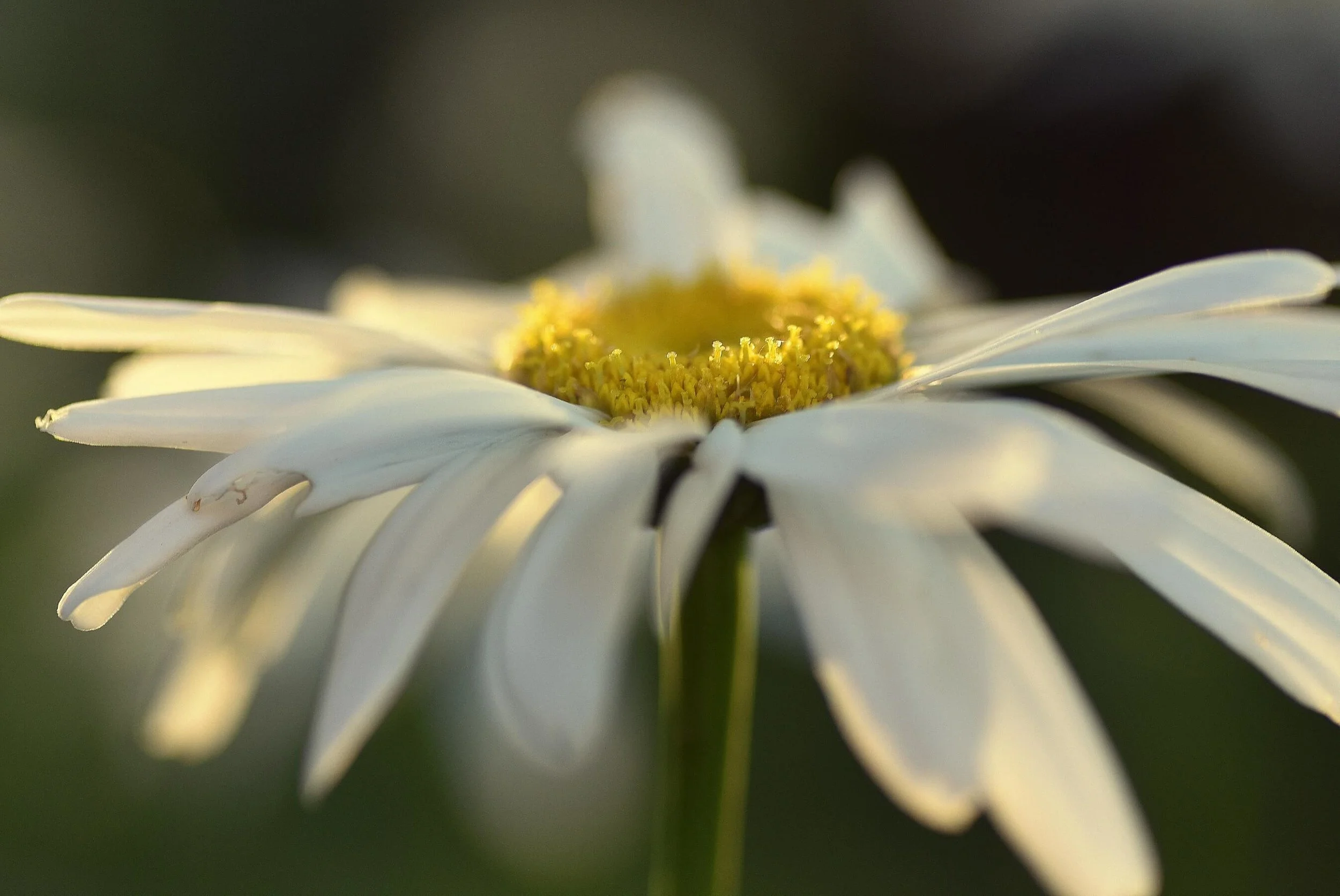Awareness of Breath and Body
Family activities: Belly Buddies + Relaxation
Living our hectic modern lives, we can easily go the entire day without noticing our breath or our heartbeat, without noticing how all that busyness makes our bodies feel.
Packed schedules push us to do more, rush around more, call and text and email more, and when things get especially stressful, we can start holding our breath or breathing shallowly.
Unless we’re encouraged to pause and notice this uncomfortable physical tension taking hold, we might develop a habit of living life in our heads, feeling disconnected from the breath and body that makes everything we think and do and achieve possible.
Belly Buddies
In Lesson 4 of the Kindness Curriculum, children learn how to become more aware of their breathing and physical sensations with the help of “belly buddies.” A belly buddy can be a small stone, a stuffed animal, or a pillow—something with a bit of weight to it, so the child can feel it moving up and down with the flow of their breath. The whole family can practice with belly buddies, perhaps keeping them in a special, easily accessible place.
This exercise invites you to feel your breath. You don’t need to change or fix your breathing, just feel the air moving in and out of your body.
Lying down in a comfortable position, you and your children can each place a belly buddy on your stomach and feel it move up and down. Feel the breath inside your body. Allow space for the whole family to rest and breathe. You can either rest in silence, or you can listen to this song (included in the Kindness Curriculum):
Don’t worry if there’s fidgeting or laughter; this practice can be light and fun or it can be settled and quiet. Either way, it will foster friendly awareness! You can listen to the whole song or practice paying attention for just a few breaths. Use the belly buddies any time you and your children would benefit from a restful timeout.
Family Relaxation
As a family, you can share what helps you relax at the end of a long day. Maybe movement helps; maybe rest helps. Sometimes we’re not even aware we’re holding our muscles tightly. This short video invites you to notice what tension feels like and what intentional ease feels like. You can watch it as a family.
The bell practice is another relaxing activity: listen to sound, feel breath at the belly. Release the doings of the day, let the mind rest, and pay attention to sound and sensation. This video is different from the bell-practice introduction on the home page. It’s a way for adults and kids to find a little ease.
Adult Practice: Body scan
As adults, we have so many important responsibilities—so many people depending on us!—and we can spend our days tangled up in thoughts, lost in the chatter of our mental to-do lists. Grounding our awareness in our bodies can feel relaxing and restorative; it can help quiet the mind and ease tension.
Remember: there’s no way to get this practice wrong. Try to be open and curious about whatever you encounter in your body and mind. Anything you notice is a moment of mindfulness! Also, you can return to these practices again and again to deepen your awareness and settle your system.
Sit comfortably in a chair or on a cushion on the floor. Let your posture be upright, yet relaxed. We’re looking for attention with ease: not too tight and not too loose. You can close your eyes to remove visual distractions, or you can leave them open with a soft gaze downward. Choose one of these short practices to begin:
Lying Down Body Scan
For this longer body scan, lie down in a comfortable position. Use pillows and blankets to invite more ease and relaxation in your body. Give yourself time and space to sink into the practice:
After you try the family activities and adult practices, we welcome your feedback. Click here to complete a quick and easy survey.
→ back to the family mindfulness homepage
[Quick menu to family mindfulness sessions: Settling, Breath and Body, Emotions, Changing Nature, Gratitude, Movement]
in this moment, there’s no rush.





